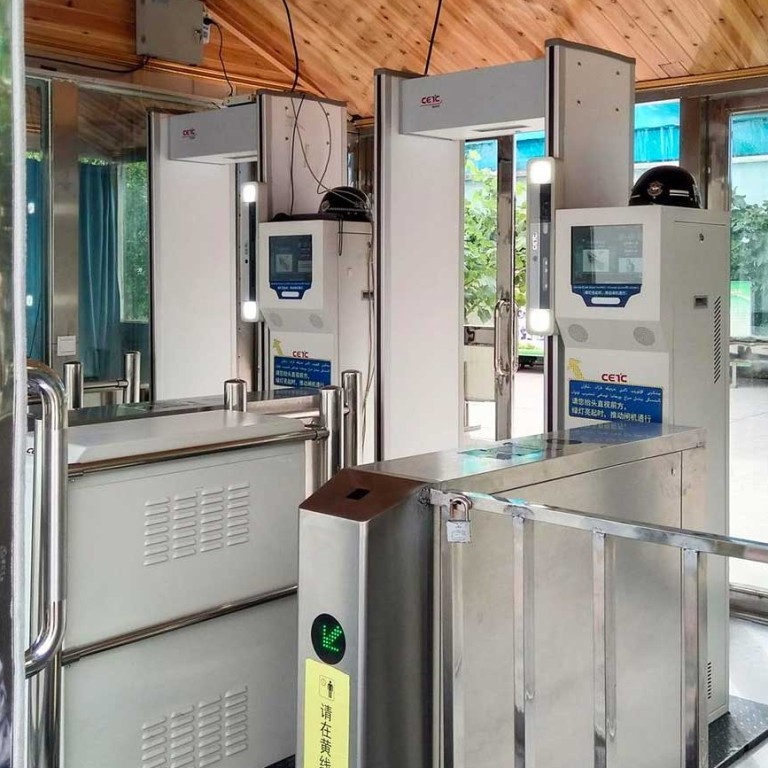
China’s ‘data doors’ scoop up information straight from your phone
The security screeners scan more than your face, picking up MAC addresses and IMEI numbers
Facial recognition devices have become ubiquitous across China. But what you probably didn’t know is that some of these machines can snatch up information straight from your smartphone.
While they look like regular metal detectors on the outside, they’re much more than that. Aside from facial recognition and ID card verification, the so-called “three-dimensional portrait and integrated data doors” vacuum up MAC addresses, IMEI numbers and other identifying information from electronic devices. This data is unique to a user’s hardware, and it could potentially be used to track people.

“People that went through it only knew that they were going through facial recognition, but they didn't know identifying information from their electronic devices was also being collected to be logged and tracked,“ said Maya Wang, a senior researcher for China at Human Rights Watch.
“Skynet”, China’s massive video surveillance network
What exactly this information is being used for remains an open question. Numbers such as IMEI are unique identifiers assigned to SIM-capable devices like mobile phones. Independent cyber security expert Greg Walton, who worked on the HRW report, said that aside from identification, mass transit systems might want to harvest unique identifiers from devices to measure traffic.
A device’s identifying numbers such as IMEI and IMSI could serve as a beacon for authorities. When this is combined with other data from facial recognition, surveillance cameras, license plates, or even phone records and social media posts, a clearer picture of a person’s life emerges.
“Now I can see who you talk to, on what devices, when you physically met with them,” Wethington explained.
Smart ID cards and facial recognition: How China spreads surveillance tech around the world
There’s currently no evidence of physical tracking. However, in Xinjiang, where authorities are monitoring and incarcerating the local Uyghur population on a massive scale, the data picked up from electronic devices is being logged in the Integrated Joint Operations Platform (IJOP). This platform is being used by local police to track suspicious behavior, which can be interpreted pretty broadly. Things like not using front doors, not talking to your neighbors or using Virtual Private Networks (VPN) can all be seen as suspicious behavior, according to the report.
The smart city system uncovered in Beijing also used its facial recognition capabilities to identify Uyghurs and individuals with criminal convictions and known drug abuse, TechCrunch’s analysis showed.

This isn’t inherently negative. According to MIT, reality mining could be used for things like stopping the spread of infectious diseases.
Wethington, however, describes it as behavioral surveillance. It relies on spotting anomalies and changes in people’s behaviors that could indicate a threat such as building a bomb or becoming a terrorist.
“The problem is that it's subject to interpretation and rife for abuse,” Wethingon said.
Other countries are also performing surveillance, he added, but none on the scale of China.
For more insights into China tech, sign up for our tech newsletters, subscribe to our Inside China Tech podcast, and download the comprehensive 2019 China Internet Report. Also roam China Tech City, an award-winning interactive digital map at our sister site Abacus.

